-
Posts
350 -
Joined
-
Last visited
-
Days Won
49
Content Type
Profiles
Events
Forums
Gallery
Downloads
Community Map
Posts posted by cliffyk
-
-
The CKP is a magnetic pickup coil mounted alongside the alternator stator--it reads the interrupted tooth pattern on the rotor's rim to generate a 5 V square wave signal for the ECU:
The missing tooth creates a missing pulse to indicate Top-Dead-Center (TDC).To properly test it you need an oscilloscope to monitor the output waveform, but check its connector (a smallish 4-termial plug w/only two wires (black and blue) that should be close to the alternator output connector (a largish round connector w/ three wires).
-
1 hour ago, IslandHopper said:
Unfortunately it doesn’t tell me who made it.
It does indirectly, this (below) is from the EPA website--it's from their certification data worksheet:
It shows the engine was made by: Chongqing Huansong Science and Technology Industrial Co., Ltd. -- I.e. Hisun
I'll see what I can find for a valid wiring diagram...
-cliff- -
-
As the title suggests, today marks 120 days and 520 miles since I bought my 2020 UT400 from Tractor Supply. I like it, here;s a synopsis of my experience so far:
Delivery on 10/29/2020 was uneventful, BUT my first ride was interrupted by the damned undocumented seat belt safety "feature", the staff at TS knew nothing about it, but somewhat accidentally I found the driver's belt was wired and "bugged"--problem #1 solved;;
Next I had to screw around with the State of Florida to get it registered and titled--that took a month and my trailering it 150 miles round trip to have it "inspected' and documented as a 'low speed vehicle'";
Got it titled on 11/25/2020;
At 13-15 miles or so it decided it did not like shifting into reverse--the shift cable adjustment is finicky, with examination and trial and error I developed an adjustment procedure around the neutral position;
At 15 hours I changed the fluids as recommended;
Next, nothing major for the next 400 miles when I changed the front and rear gearbox juice just to make me happy;
Today I drove it to the beach (2.5 miles East, including 1.2 miles at 45+ mph (50 on the "Clock", 45 on the GPS)--the dog and I had a great time. This was the 4th or5th time I've had it "on the road" at 40+--it seems to like or at least tolerate it. Beach, dunes, deep sand no problems.
26 mpg overall since new--not too bad.
It's a well engineered and built machine however Coleman and Hisun are shooting themselves in the foot with their crappy documentation--I've contacted both but they don't seem to care.
I like it!!!
-
 2
2
-
-
Again you are very welcome--I believe to my core we are here (in the grandest sense) to help one another--if not, then what's the point?
-
They are indeed "dampers" intended to absorb (dampen) shock loading of the steering gear to prevent damage. The fellows that engineered it probably knew what they were doing, there is likely a service spec somewhere defining a range of acceptable movement. The rubber can become compressed in use, allowing too much motion. If in doubt replace it, I see it's $25.71 from Kawasaki.
You can test the steering wheel free play to indirectly determine the damper's condition (after ruling out other potential causes of too much play):
from the 2004 shop manual:

-
Apparently at some time it was the speed sensor--I found this part on AliExpress (who I wouldn't buy from if they were the last vendor on earth):

However on newer models like my 2020 and apparently the OP's 2012 the active speed sensor is on the rear reducer and there's that crappy plastic cover on the crankcase.
I think on the 2012 the reducer mounts with the "flat" side on the right and the sensor is on the left--don't know when or why it was "flipped", but it seems to coincide with the engine being changed to the rear slanting cylinder.
a 2020 model from Coleman's site:


yup--an undated, I think pre-2018 HS400:

I'd pull the plug out, make sure it's intact, clean it well and put it back together with a good dose of Permatex's Ultra-Grey gasket maker (best I've ever used--the crankcae on my 2003 Suzi Burgman 400 was reassembled with that 5 years and 26k miles ago) --if it is cracked use some of JB Weld' high temp stuff to fix it:

-
2 hours ago, ChopperPilot01 said:
Cliff, thank you so very much for taking the time to show me some possibilities that could be the cause my issue. I will do my best to sort it out with your most welcome help. I have checked the main grounds and connections to frame grounding and they are all tight and seem to be in good condition. I will certainly take your advice and do my best to check things out. Thanks again Cliff, I really appreciate your help! Paul
You are quite welcome--let out a yell if you have any questions, or just want to bounce around some ideas. I don't believe the O₂ sensor issue would prevent the engine from starting. Try unplugging it, if it's heater is drawing too much power and dragging that circuit down disconnecting it "might" allow the engine to start--worth a try, if it starts you know which part to buy...
-cliff-
-
I agree, I tore some filters apart in a Bob is the oil Guy project back in 2000; the Frams had cardboard end plates, crappy valves and were generally built like crap:
cardboard end plate lousy bypass (this is a "Tough Guard" BTW :

overall crap construction:


in contrast this is a Purolator Pure one:


Advance Auto house brand (made by Purolator)


-
 1
1
-
-
Watch for the thread configuration--some have threads that are 'outies" instead of "innies" like the OEM filter. On those with the projecting thread the thread can bottom out on the filter flange central tube collar or lock nut before the seal is seated tightly. Many Fram filters are made that way leading to the classic "I bought an oil filter at Auto-Pats 'R Us from their cross reference list and it leaks" threads. I have had this happen on bikes.
One particularly offensive, in this regard, Fram filter (the projecting thread is almost flush with the gasket):

If you tried to mount that filter on a flange like this ↓↓↓ there would be a problem--the thread will bottom out on the lock nut before it's sealed--been therre and done it.

-
 1
1
-
-
I bought this one from Amazon $10 with free shipping for Prime¹ members (I have seen some for $8 but w/o free shipping)---it is identical to the OEM filter I took off. Tractor supply actually does have one, but they don't know it 'cause it's labeled as being for a Cub Cadet lawn tractor or something. I think it's $11 or $12 though.
No sensible, cost-conscious manufacturer (which the Asians certainly are) would develop and commission a proprietary oil filter when they can just grab one off a shelf somewhere--only Apple would do something like that--Oh, wait a minute I said "cost-conscious"...Apple doesn't give a crap about cost because their customers will pay whatever they ask.
As far as I can tell most Asian made ATVs and UTVs use this same filter.
FWIW, my Ariens 20 HP tractor with a B&S Instek motor uses a variant of the same filter (same base, but 3/8" or so shorter).
Here are the dimensions of the OEM filter:

Harbor Freight sells vacuum pumps, but not vacuum pump oil...
-----------------------------------------------------------------
¹ - Neat thing about Prime is that if you get the item and it sucks, or you just don't like it, you can just send it back--w/ free shipping; and usually a full refund within 3-4 hours of UPS logging in the package.
-
 1
1
-
-
On 1/28/2021 at 9:45 PM, Greg Beachy said:
I have had a Bad Boy Stampede for almost two years now. I really like the machine but it seems like everytime I run it over 40 mph for more then a couple hundred yards it starts leaking antifreeze. The mechanic says it's a seal in the water pump, I've went through three water pumps now. Does anyone else have this problem? And if so is there a fix for this?
At the risk of sounding facetious, Find another mechanic!
-
Do you know if it was made by Hisun? I'm trying to find a valid wiring diagram to help out...
There should be an EPA certification sticker someplace on the machine (typically under the "hood") that indicates who actually made it.
THis is that sticker from my 2020 "Coleman" UT400 (showing it to be a "Hisun" brand actually made by the Vietnam New Century Industrial Company:

-
It in a way it was "vapour lock"; I didn't think modern vehicles did that. Curious as to what "DNR" might be? When you say that to someone my age it means "Do Not Resuscitate" (I know,I have one)...
-
2 hours ago, Jass said:
Yes, the stuff that one can put on these units is quite pricey and if you don’t know the out come it can bite you in the butt.
For the tires on this rig we have some rubbing when turning which is more annoying then then damaging,I just have to keep an eye on it.
That makes it a bit better I guess, there aren't actually "7 deadly" downsides--I missed one...
-
What a wonderful service manual--I need to send it to Hisun and Coleman so they can see what one is supposed to look like!
In reviewing the wiring diagrams I see that he injectors, Lambda (O₂) sensor and ignition coils share a common power feed from terminal C6 on the main harness (this is good news as it links directly to the DTCs):
On the wiring harness it looks like this--with SP1 (SP=splice???) being a common connection point:

They also provide this splendid illustration of where all this stuff is located (though the O₂ sensor does not seem to be shown)
Before hauling it 100 miles check that main harness connector, and the connectors at he injectors and coils to make certain they're not corroded or otherwise fouled. Check all ground connections as well--check the O₂ senor connector as well as it is quite possibly located is a place that can collect all sorts of crap.
Also, the usual suspects, battery connections, voltage
While cranking [at the terminals, not he battery posts], , etc. It may be coincidence that all three reported "low voltage" at the same time but I'd look for a common wiring problem.
-cliff-
-
 1
1
-
-
4 hours ago, Jass said:
This rig was fairly new when I got it and the guy that got it new put the lift and shocks on and bigger wheels and tires , it’s nice with a lift for rutted roads and timber but the CV boots get ridiculous replacing , lowering it down was good, it even changed how it rides.
Sounds like the P.O. was a textbook example of what we used to call "Fast & Furious Magazine Mechanics"(FnFMM)--more money than engineering, or even common, sense. Bigger wheels an d tires do nothing but:
- Reduce power to the ground due to their larger diameter;
- Reduce braking power due to 1);
- Reduce acceleration due to 1) and increased weight = increased rotational inertia;
- Increase wear of drive train components (CV-joints, U-joints, transmission and final drive gears and bearing, etc) due to 3);.
- Worsen "ride" quality due to increased unsprung weight;
- Overload suspension components (spring struts, A-arms, ball joints, tie-rod ends, steering gear, etc.) due to increased mass/altered geometry;
- Mess up the speedometer and odometer¹ by making them "read" slow;
Huh, seven sins--I really did not set out to do that.
But they "look cool" and will make your fellow FnFMMs envious--all while making your wallet lighter,We have already seen (literally) what a "lift kit" can accomplish so I won;t get into that...
Contrary to what the average FnFMM thinks, the emgineers that design these things do generally know what the are doing,,,----------------------------------------------------------------------
¹ - the odometer thing mat be "good" if you are planning on screwing over a buyer down the road (no pun intended). Let's suppose you put 27" tires on a vehicle designed for 25" tires--that's an 8% increase in circumference. So, the 5,000 miles you put on the vehicle will be recorded as only 4630 miles.-
 2
2
-
How old is it, how many hours/miles?
Have the fluids been changed on schedule?
I have not been able to locate much info about it--is the transmission in the crankcase, lubricated by engine oil, or separate/
-
The fuel pumps an the majority of these small EFI engines are not "controlled" externally--I.e. they have just one mission in life; which is to, when powered up, keep fuel line pressure at or about 3 bar¹ (43.5 psi)--if it isn't they run 'til it is.
Have you tested the fuel pump, ignition coil, and injector individually to see if they are capable of doing what they are supposed to? If direct wiring shows them them to be operational the problem has to lie in getting power to them in normal operation. It would be quite a coincidence for them to all fail at once, but a Forrest Gump said "It happens". you could also connect a dedicated ground to each and see what happens; ground connections are often overlooked--and just because the engine cranks does not mean all low current ground paths are intact.
-------------------------------------------------------------
¹ - 3 bar is the standard pressure used for fuel injector delivery ratings. Most makers use it or near--39-40.5 psi is not an uncommon spec (Ford likes 39)--in their fuel systems. -
4 hours ago, IslandHopper said:
Thanks for the help.
So there is no spark on the secondary side when cranking. I’ve been trying to figure which wire or wires in the harness would effect all 3, (fuel pump, ignition coil, and fuel injector) I am told that the crank position sensor should not effect the fuel pump or injector cycle? but no one seems to know for sure.What model year is your MSU500?
-
On 2/20/2021 at 10:13 AM, IslandHopper said:
Thanks!
I have power to the fuel pump, ignition coil and everything else. I Installed a new Relay unit & a new ECM and that didn’t change anything.
I’m starting to think the problem may be a bad ground. I haven’t been going that direction though because the starter cranks and all other options and accessories have power. I’ll post more later.The "power to the ignition coil" should switch on and off while cranking the engine. The ECU cuts power to the coil when it's time to fire the plug--the collapsing magnetoc field in the coil primary generates the high voltage pulse in the secondary to fire the plug. If the voltage at the coii's primary is unwavering that is not happening. Have you tested the coil's secondary to see if there is a spark?
DEpending on how the ECU uses the CKP it is possible that a bad sensor could prevent a spark. Most of these small engines have no cam position sensor and use the crank sensor to trigger the spark, this means it fire at each near TDC of the crankshaft but one of these firings is at he top of the exhaust stroke and does nothing. This is often called a "waste spark" ignition system. It is common in multi-cylinder 4 stroke/cycle engines to use one coil to fire two plugs on two cylinders that reach TDC at the same time by wiring them in series.
wasted spark ignition

-
7 hours ago, Abner said:
well, it is like Arlo Guthrie's motorcycle song "I don't want a pickle, just want to ride my motorcycle...there is a mountain on one side and nothing on the other". Good point though, I didn't think about the breaking systems being separate.
"braking" systems..."breaking" systems is what we don't want...
-
 1
1
-
-
"excepting Alice"...
-
Didn't know it had a mechanical governor--how quaint. Would have been the first thing I'd have suggested checking...


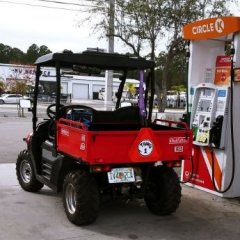



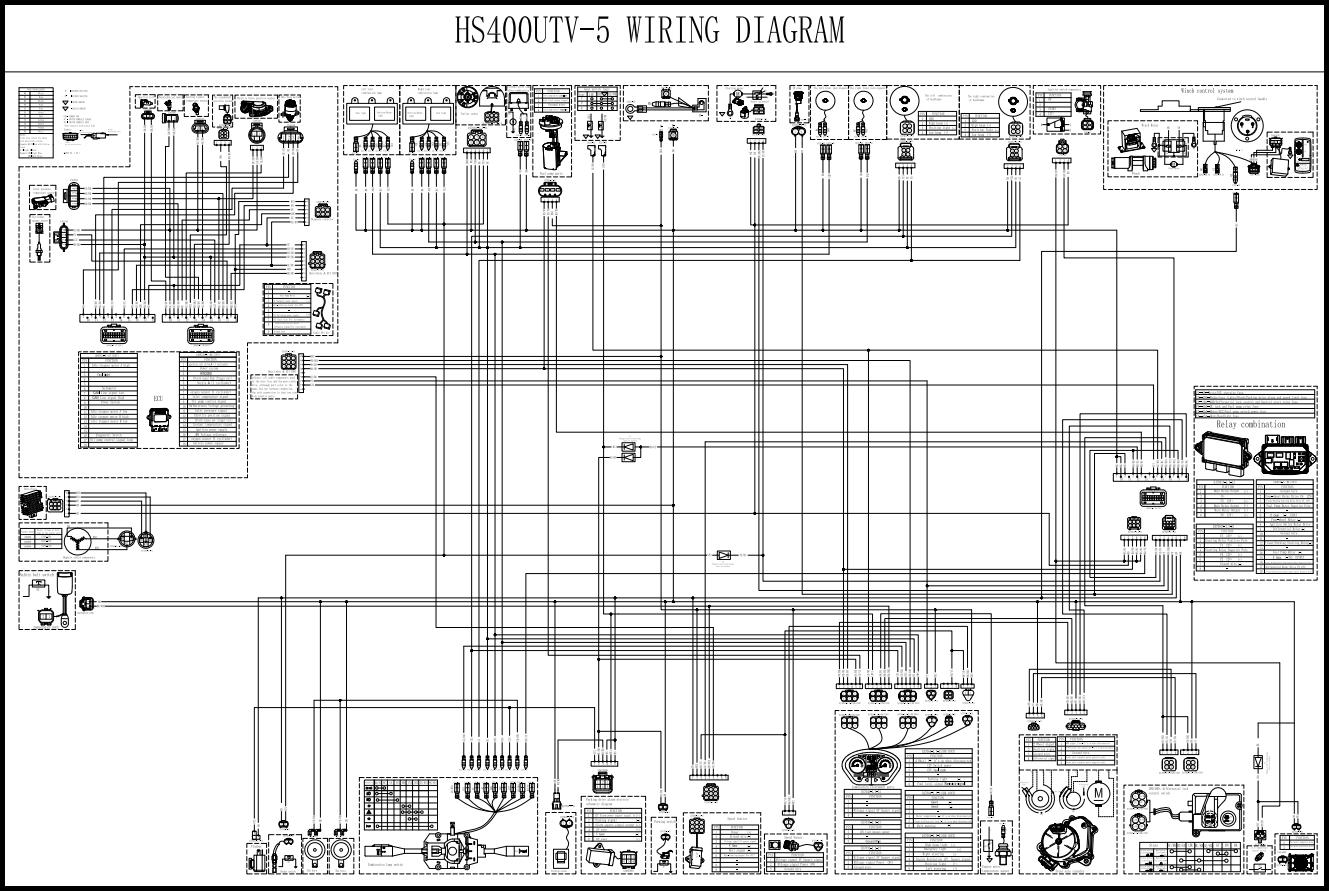






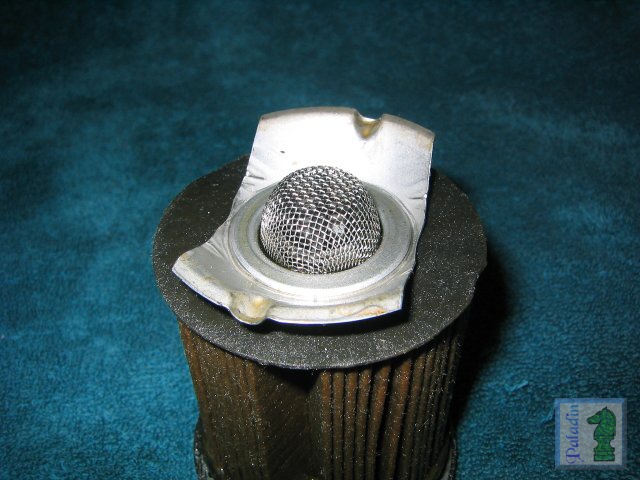
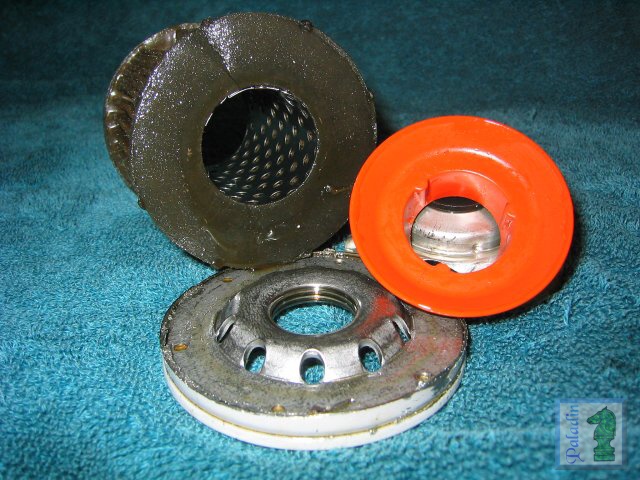
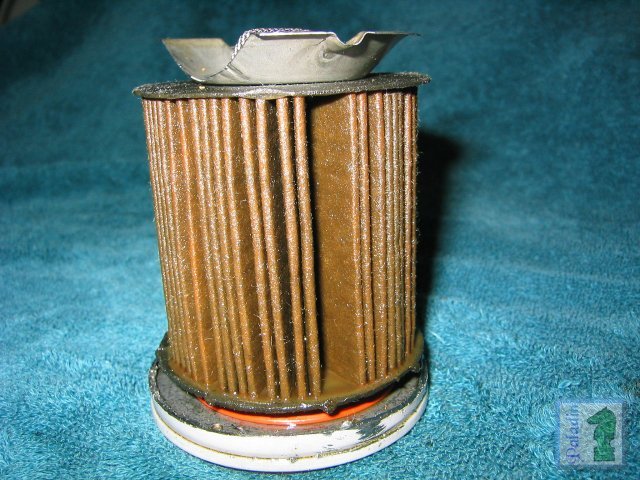
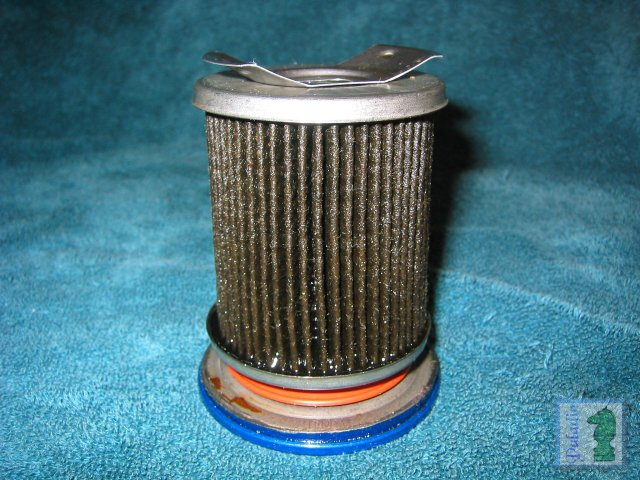
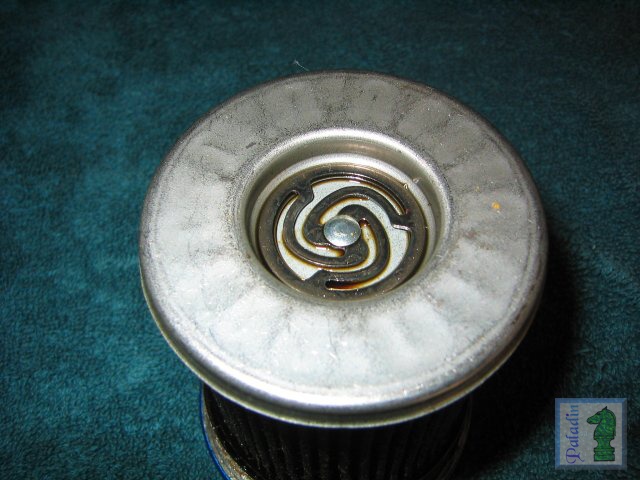
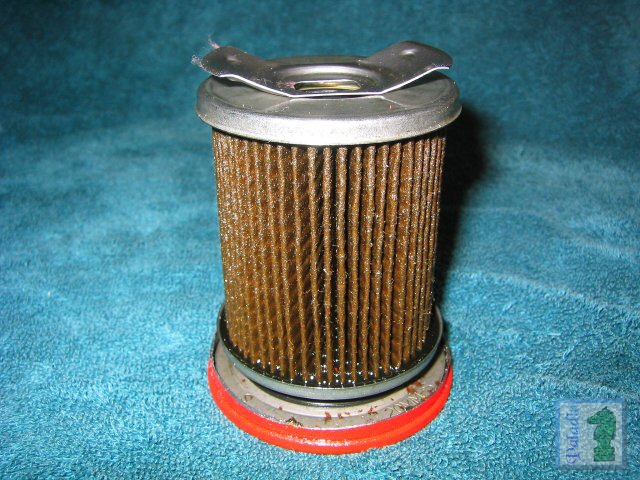
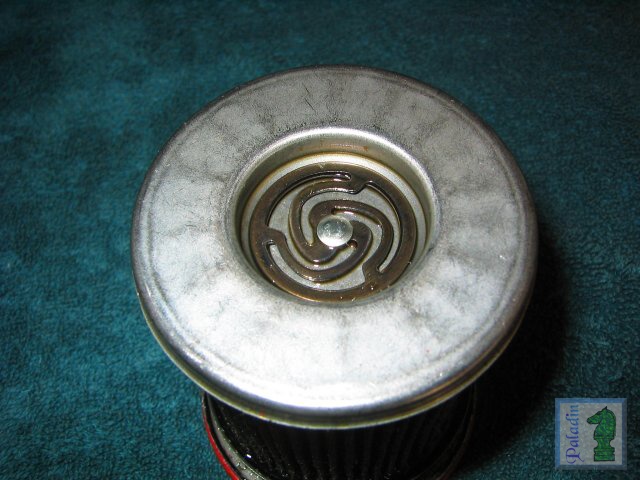
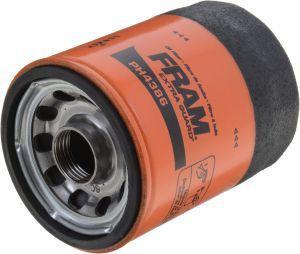
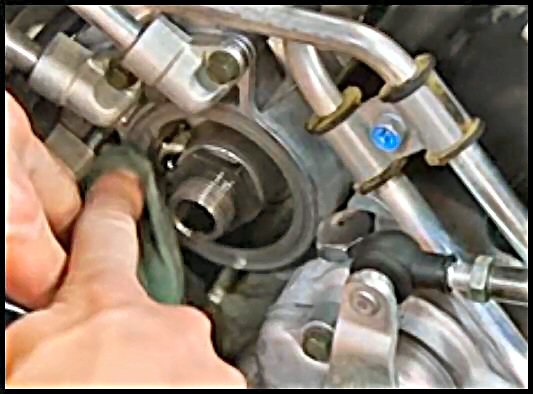
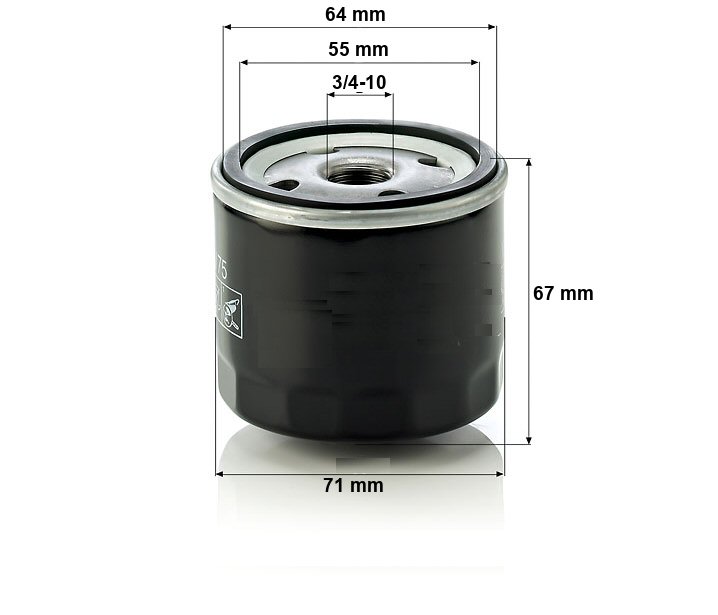




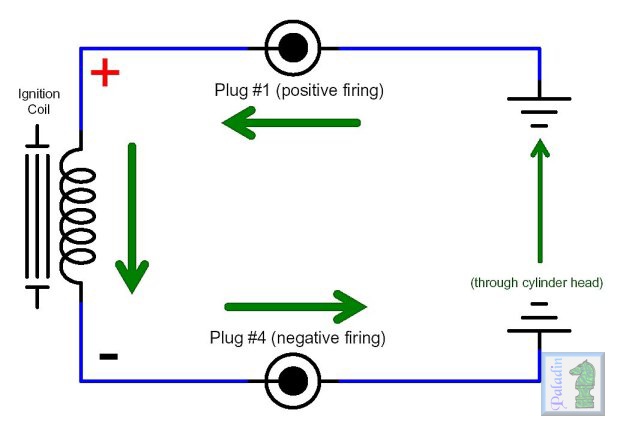

Just moved up from A to UTV
in New Members Area
Posted
Welcome, Looks great! Don't let it sit for months between use--worst thing you can do to any machine...